Buried within the heart of the Amazon rainforest, a river exists that is heated to boiling temperatures. The river, heated by Earth’s geothermal activity below, is so incredibly hot that it can cause animals to boil alive within mere seconds.
Did you know that bees have a specific, coordinated dance they use to communicate? The way they tell their fellow bees about the location of nearby flowers is through dancing.
The world of science can sometimes be stranger than fiction. From platypuses sweating milk to the “Dracula parrot”, we’ve scraped the furthest corners of the internet to truly amaze you.
Here are 25 amazing science facts that are weird, wild, and true!
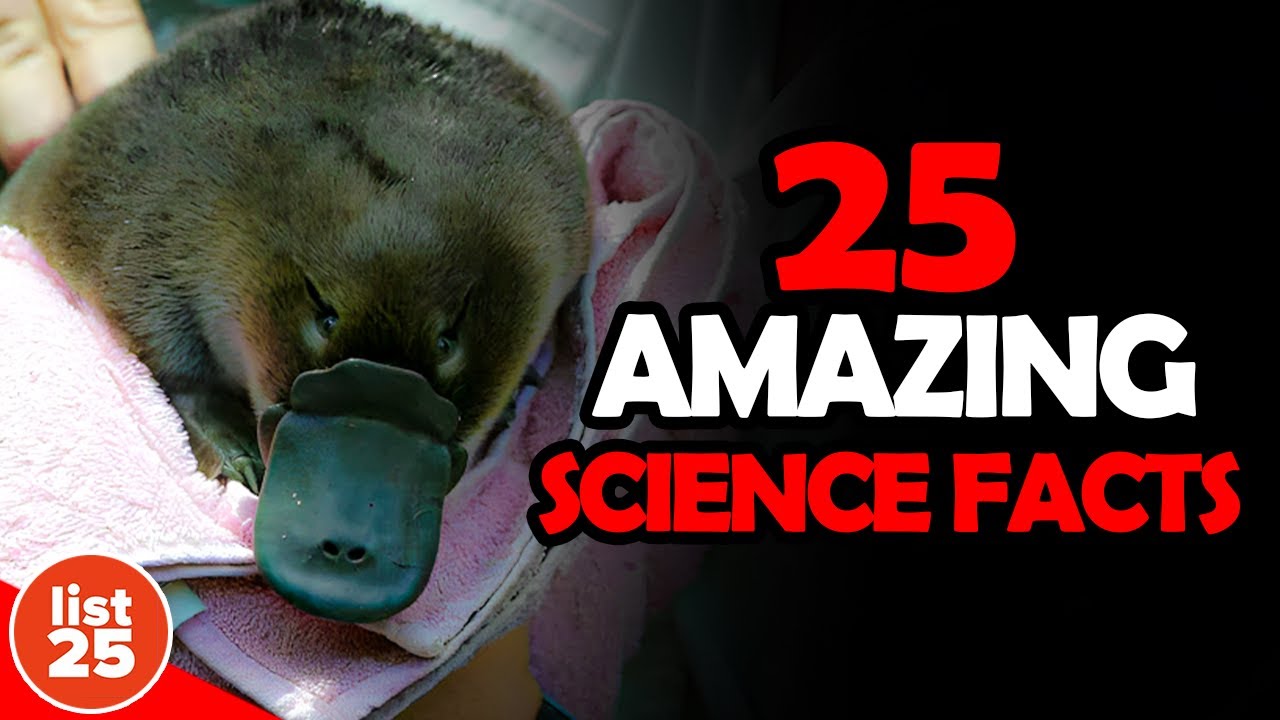
Fungus farming ants
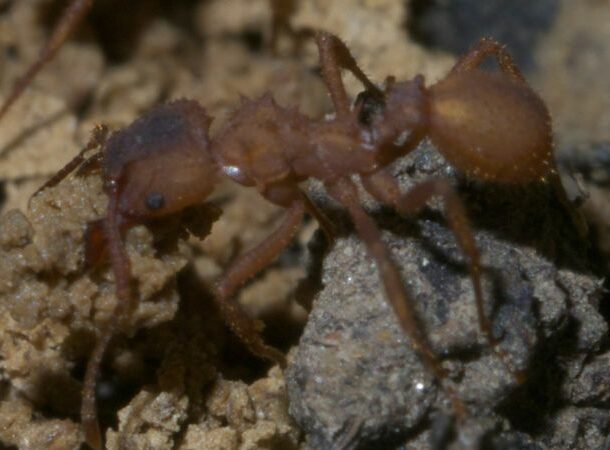
We tend to believe that humans were the first to invent everything. And nothing seems more human than farming. Using elements of nature and putting them into order to create food for us. But the truth is that other animals have been farming for much longer. One of those is ants, whose farming goes back 60 million years.
Evidence has been found in the Amazon jungle of ants using techniques not only similar to our own but better. They sustainably cultivate crops, helping to make them resistant to diseases. Unlike the kind of crops that humans rely on like wheat, rice, or potato, the little ant farmers grow fungi.
In fact, it’s such a central part of the ant society that a direct descendant of the queen will transport a piece of the fungi with her to create a new colony, a kind of fungi that are only found underground where ants have been growing them.
Some animals display autistic-like traits

As autism has been a more common word in the public consciousness, you might have thought that it was another uniquely human condition. However, research suggests the opposite, that animals can have traits similar to what we identify as autistic. One of those is the bull terriers, who show the social habits of autism.
So, if you happen to be in the market for a new dog, remember that this breed might not be the best for companionship — or at least don’t blame it for being a little awkward!
A rainbow on Venus is called a glory

Did you know that rainbows exist on Venus too? They are a little different though. Light refracts near drops of water that are falling in the atmosphere through something called “wave tunneling.” This is called “glory” and is different from how a rainbow works, which is when light interacts with the water particles themselves.
On Venus, which has an atmosphere made up of carbon dioxide, water is hard to come by, and when a space probe captured an image of a “glory” on Venus, it helped researchers narrow down what exactly the planet’s atmosphere was made up of.
Platypuses sweat milk
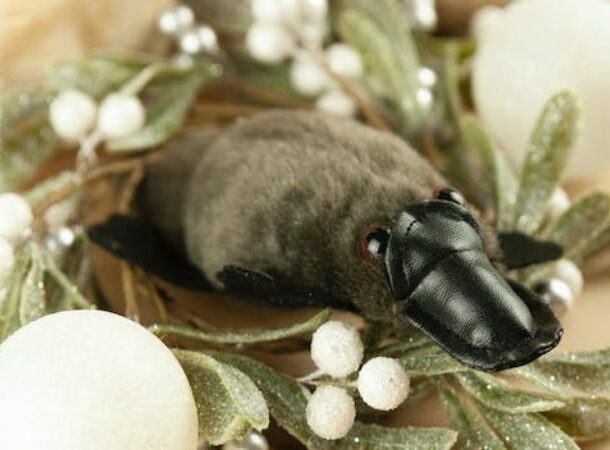
Soaking your shirt with sweat is embarrassing, but could you imagine if instead of water you were sweating milk? Bizarrely, that’s what platypuses do. They are mammals, meaning that just like humans, they feed their young with milk.
Unlike us though, they don’t have nipples. How does the milk get out? Through sweat! If you’ve seen a picture of a platypus that looked very slippery, it might not have been water, it was probably milk.
Comets smell like rotten eggs
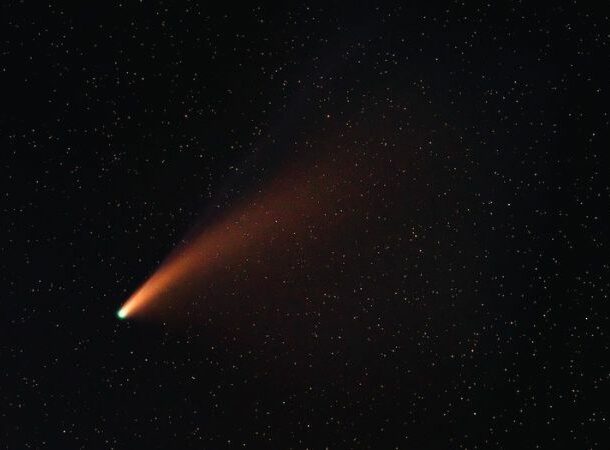
It’s true. Because comets are made up of a lot of toxic substances, they give off an incredibly foul odor. Most of all, they contain ammonia, which is what makes urine smell so bad, and hydrogen sulfide, which is the scent of rotten eggs. Either of those is bad enough on its own, could you imagine them together!?
Giraffes are 30 times more likely to get hit by lightning than people
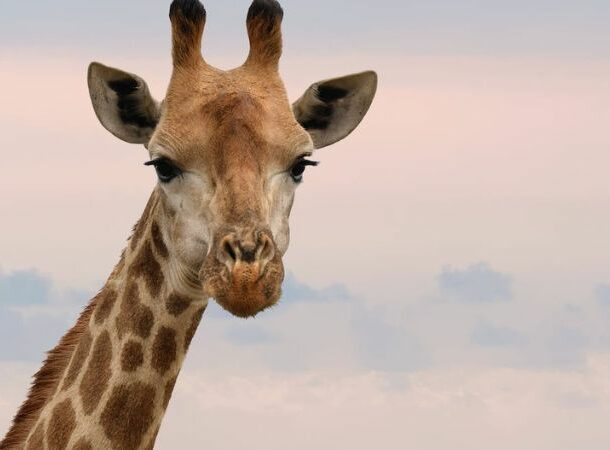
What are the chances of getting struck by lightning? About one in a million. That’s for humans though. If you are unlucky enough to be a giraffe, the odds are much higher, 30 times higher to be precise.
Of course, this mostly has to do with them being much higher than us, with an average height of around 16 feet. They are also at risk from below after lightning strikes the ground and it can travel up one of their four legs. Coming up later, how much gold do you think the human body contains? You’ll be surprised to find out.
Red Sprite Lightning
Speaking of lightning, severe thunderstorms can produce something called a “sprite.” Instead of coming from clouds to shoot toward the ground, a “sprite” travels from the opposite direction in an awesome flash of red intensity.
These happen high up above thunderstorms, about 50 miles into the atmosphere. They appear only for an instant and because they occur so high up, they weren’t photographed until 1989, by complete chance.
The boiling river
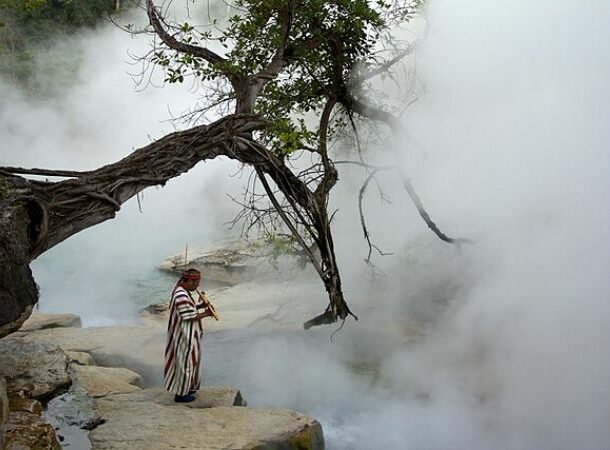
If you happen to be exploring the Amazon one day, make sure you don’t accidentally go for a swim in this river. It has been a part of local religion for centuries because of its mysterious nature.
With an average temperature of 186 degrees Fahrenheit, it would be enough to boil you alive before you had any time to react. Known as Shanay-Timpishka, this thermal river is unique because it’s so far from any volcano. The water travels deep under the surface, heating up to extreme temperatures before coming back to the surface through a system of hot springs, all the way back up to the river.
Diamonds can burn

Diamonds aren’t as indestructible as you might think. Despite being used to cut glass, metals, and other hard substances, diamond has a weak point. Because they are made of carbon, there is a certain method that will ensure that diamonds are not forever.
Applying about 1,600 degrees Fahrenheit of heat will cause a diamond to interact with the oxygen in the air, producing even hotter temperatures. Then, adding 100% oxygen will cause it to burst into flames and if left for long enough, will be destroyed. This is unlikely to happen in a regular fire, so your jewels aren’t at any real risk, but it is technically possible.
Hippopotamus sweat is red

Alright, we’ve covered Platypus sweat, now let’s move over to the sweat of hippopotamus, which is strangely red. It doesn’t begin red, but after emerging on the surface of the skin, hippo sweat will slowly turn red and then brown.
Not only that, it serves some important functions in protecting the animal’s skin. It works as a kind of sunscreen to protect from sunburn. In fact, some scientists are even investigating whether the same chemical compounds could be used to make more effective sunscreen for humans. Would you lather yourself in hippo sweat at the beach?
A group of frogs is called an "army"
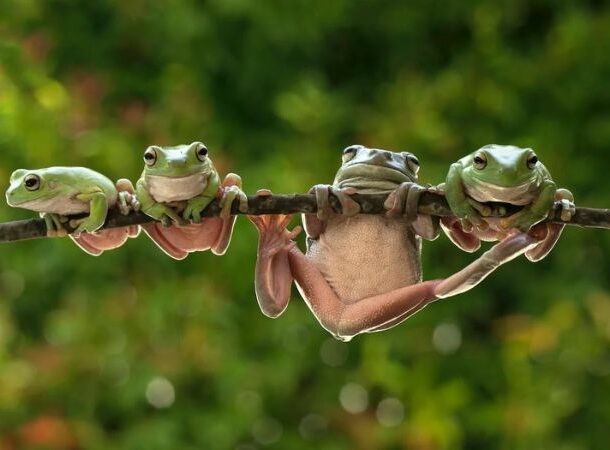
Some strange words come out when you begin to learn what the plural for different animals is. Take, for instance, a group of frogs, which is known as an “army.” This name likely came about because of how huge groups of frogs gather together during mating season. For observers, they must have appeared like a tiny army!
The human body contains gold

If you’ve ever wondered how much your body is worth, here’s a hint: you have about 0.2 milligrams of gold inside. Okay, this isn’t worth more than a few bucks at the jeweler, but it’s much more valuable inside your body anyway. It is vital for shooting electrical signals around the body because it works as a conductor of electricity.
There are more bacteria in your mouth than people on Earth

What exactly is going on inside your mouth? You might be interested — or disgusted — to find out that there is a hidden thriving ecosystem of more than 700 species of bacteria — in total, around 6 billion of them.
These perform a variety of functions: keeping your mouth clean, however, some of them contribute to diseases — even neurodegenerative illnesses like Alzheimer’s. Up ahead at number 6, how the “Brazil nut effect” launched multiple intricate scientific experiments.
The "Naked Mole Rat" is resistant to cancer

Cancer is one of the most feared words in medicine. But scientists could learn a thing or two from the humble naked mole rat, that has the extraordinary power to fight off cancer. Researchers have found that something inside their body, related to a sugar called hyaluronan, helps to combat tumors by stopping cells from grouping.
Unlike other rodents like beavers and squirrels, the naked mole rats have a long life span of up to 30 years and proved to be much more resistant to developing tumors. This has led scientists to conclude that there is a significant relationship between hyaluronan and cancer, meaning that if it can be controlled inside the human body, a major step in the fight against cancer could be achieved.
The "world's smallest fish"

Off the coast of Australia, in the famous Great Barrier Reef, a tiny fish has been found that may just be the smallest in the world. Known as the Stout Floater, it measures only between 6 to 8 millimeters — that’s even smaller than a pea! If that wasn’t hard enough to spot, 5 feet the fish is also transparent.
Maybe that’s why so far, only 6 of them have ever been collected.
The "Okapi" is the only living relative of the Giraffe
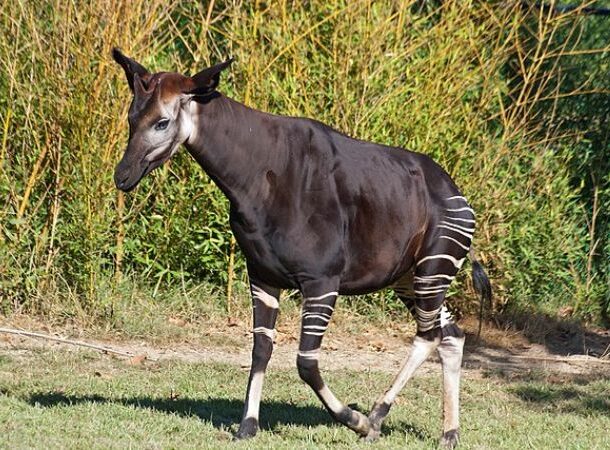
Though they might not look too similar at first glance, the “okapi” is the closest living relative to the giraffe. Its black and white striped body looks more like a zebra than a giraffe and it stands just 5-foot tall, less than one-third the height of a giraffe. But they are the two known remaining members of the Giraffidae family.
The “Okapi” are an endangered species that mainly live in central Africa, though many zoos around the world are attempting to breed them to increase the population.
The "buckminsterfullerene" molecule resembles a soccer ball

A tiny ball of atoms, under a nanometer in diameter, “buckminsterfullerene” are molecules moving around your body right now. An easier name for them is “bucky ball.” They are shaped like a soccer ball, made up of carbon atoms, and were discovered by a group of researchers in 1985.
"Leidenfrost effect"

Some scientific phenomena look closer to magic than physics. The “Leidenfrost effect” is one of them and you can see it for yourself on a stovetop.
As a pan heats up, at first, you can sprinkle water or liquid into it and watch it fizz and evaporate. But once it reaches the “Leidenfrost” point of heat, liquid dropped into the pan quickly scatters around. That fast movement is caused by a layer of gas released below the water. The underside of the water molecules vaporizes and leaves the top to suspend in the air, like it’s levitating.
The "Dracula Parrot" looks like a fictional vampire
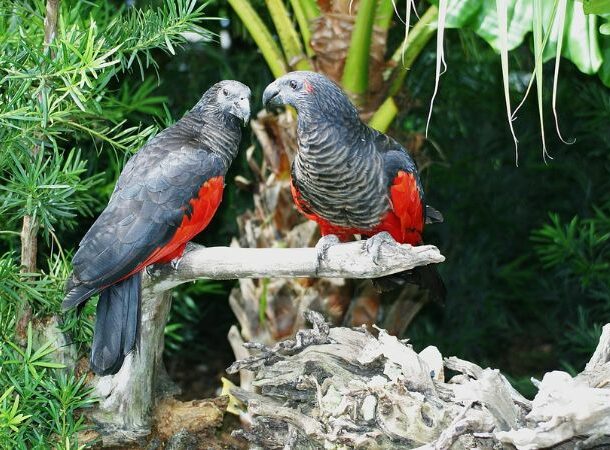
Vampires are just fictional, right? Maybe not entirely. The aptly-named “dracula parrot” can grow up to 1 and a half meters which are difficult to miss. Their features make it clear where they got the name from — a curved pointed beak, a black coat of feathers with flashes of red.
This is the kind of bird that you should take as an omen if you cross paths with it. Luckily, they are mostly confined to New Guinea and as far as we know, they don’t seek out blood!
The "Brazil Nut Effect"
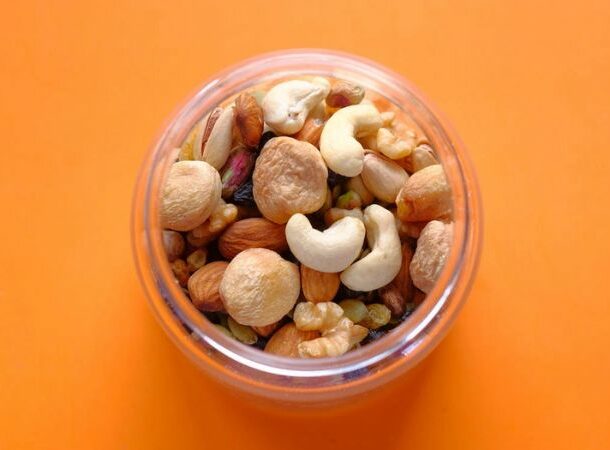
Throw a variety of nuts or cereal into a bag or jar and you are likely to see the bigger ones rise to the top. Believe it or not, this has been a serious subject of scientific inquiry. The effect seems counterintuitive because usually, if an object is heavy, it falls closer to the bottom.
To understand the phenomenon, known unofficially as the “Brazil nut effect”, 3D and X-Ray imaging was used to see what exactly is going on inside packets. Researchers found that the bigger nuts only began moving upwards when they were vertically upright.
Later, a theoretical model suggested that the effect happened spontaneously, meaning that you don’t need to shake the bag for it to occur. As each nut collides together, the heavier ones repel one another much more because they have a bigger charge, helping them to slowly move up towards the top.
The "Honeybee Waggle Dance"
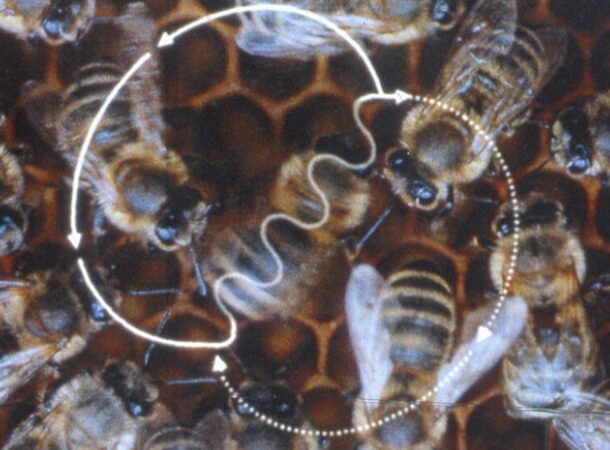
What does your dancing say about you? I guarantee it’s nothing like what bees do. The “waggle dance” is something that beekeepers have observed for tens of thousands of years. Bees need a way to communicate with each other. And one of the most effective ways is through dancing. To spread the message of where a flower is, a bee dances in front of the rest of the colony.
Talk about pressure! Lucky for them, there are only two variants of the dance: the circle dance and the waggle dance. While the circle dance is pretty self-explanatory and communicates that flowers are nearby, the waggle dance is a little more precise — it tells other bees the direction and distance. It involves a “waggle run” from side to side in a straight line, before looping back to the starting point. The larger the loop, the further the distance. And whichever direction the waggle run is in, that’s where the bees should head to find flowers.
It all sounds pretty complicated, I’m happy to use language instead of dance moves!
The "keratin" in your hair is the same as in rhino horns
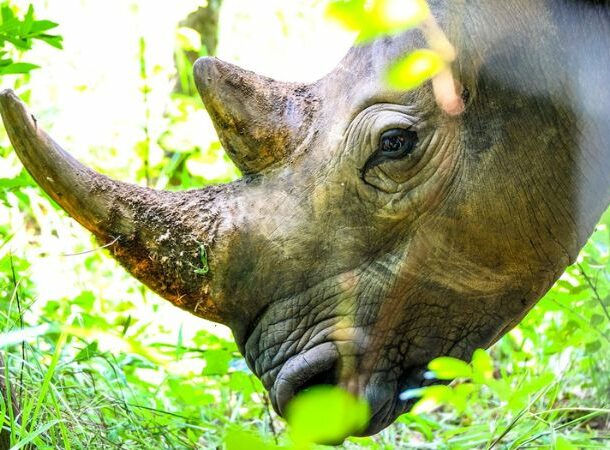
What do you share with a 3000-pound rhino? You might not think much. But their horns are largely made up of a protein called keratin, which makes up our hair and fingernails.
Our fingernails might have the same base as a rhino horn, but for rhinos, this protein transforms into a rock hard weapon of defense through many more layers. They even grow about 2 centimeters a year, almost as fast as human nails.
The "Sundew plant" traps insects with sticky tentacles

The “sundew” plant has a remarkably effective way of trapping its food. They are equipped with long, red tentacles that are difficult to avoid. For unsuspecting insects, they are drawn to the plant and never return.
A tiny gland on the end of each tentacle produces a sweet sticky substance. Once an insect lands, the other tentacles wrap around and slowly digest it, before unwinding, ready for another meal.
The world's fastest ant
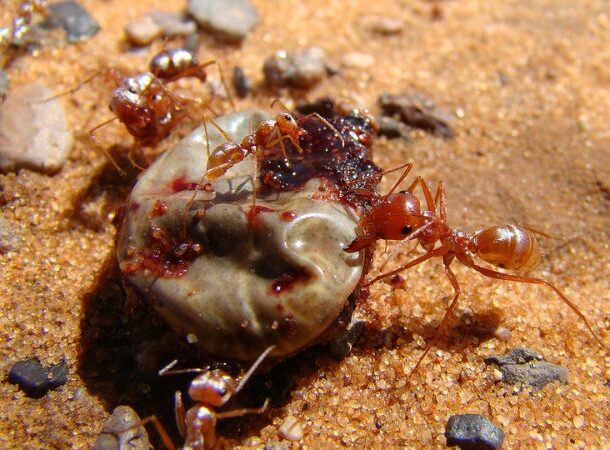
855 millimeters per second might not sound very fast, but for an ant, it’s lightning quick. The Saharan silver ant travels at a speed equal to 3 kilometers per hour. As the name suggests, these ants live in the Saharan desert, and under extreme heat, they only spend a few minutes each day above ground.
When they do emerge though, their predators struggle to catch them. Relative to their size, if we translated their speed to a human, it would be the same as a person running 200 meters per second — over 20 times faster than Usain Bolt!
The "Magnetotactic bacteria"

Did you know that there’s a type of bacteria that acts as a tiny compass? They are called “magnetotactic bacteria” and they pick up on the magnetic field of the planet to help move towards better environments. They contain iron oxide or iron sulfide, which clump together to form magnetic nanoparticles.
Scientists are hoping that investigating these tiny bacteria will help us understand how some animals might be using the Earth’s magnetic field too and if it can be applied to medicine, to kill cancer cells or deliver drugs to certain parts of the body.



























